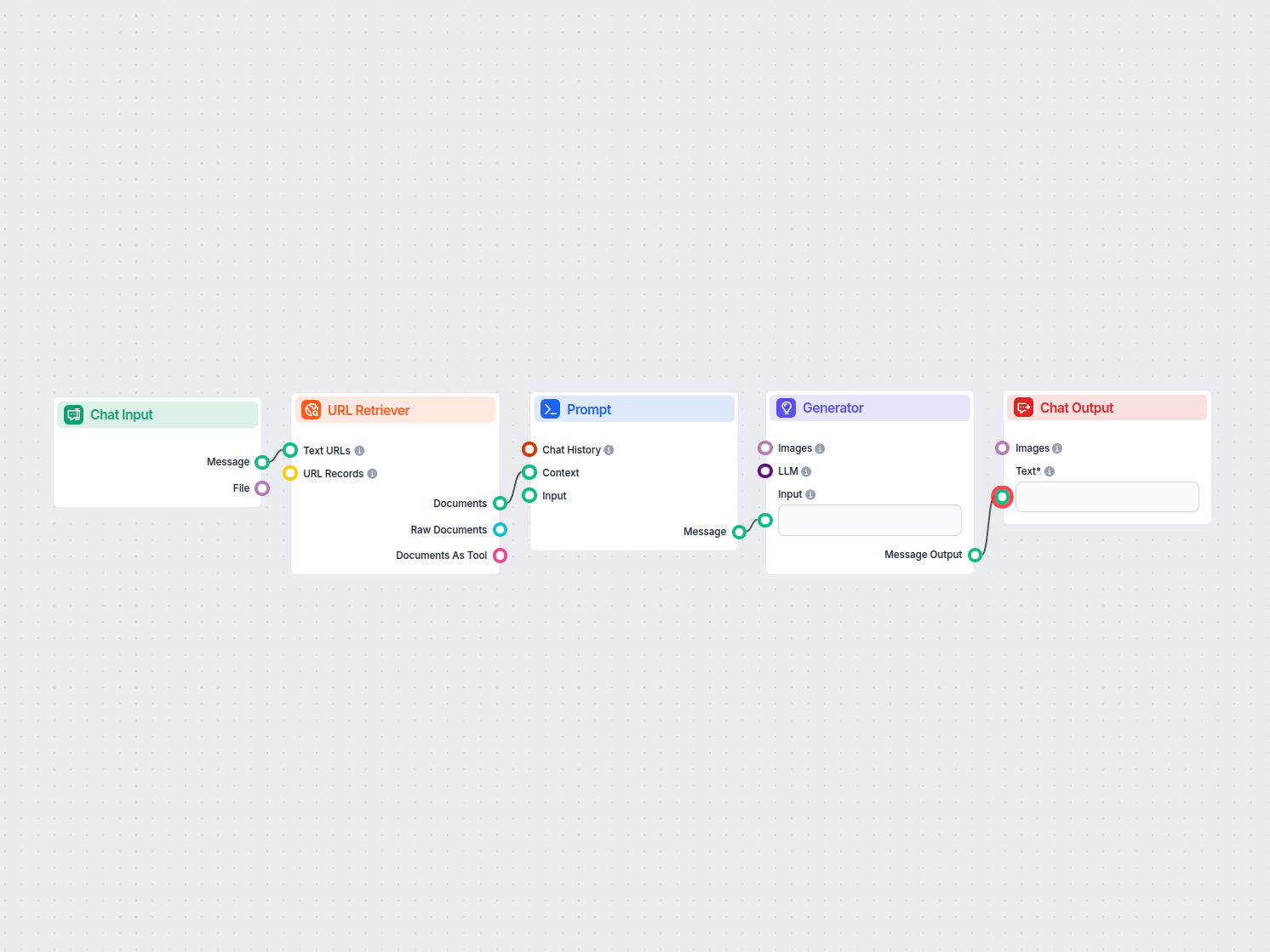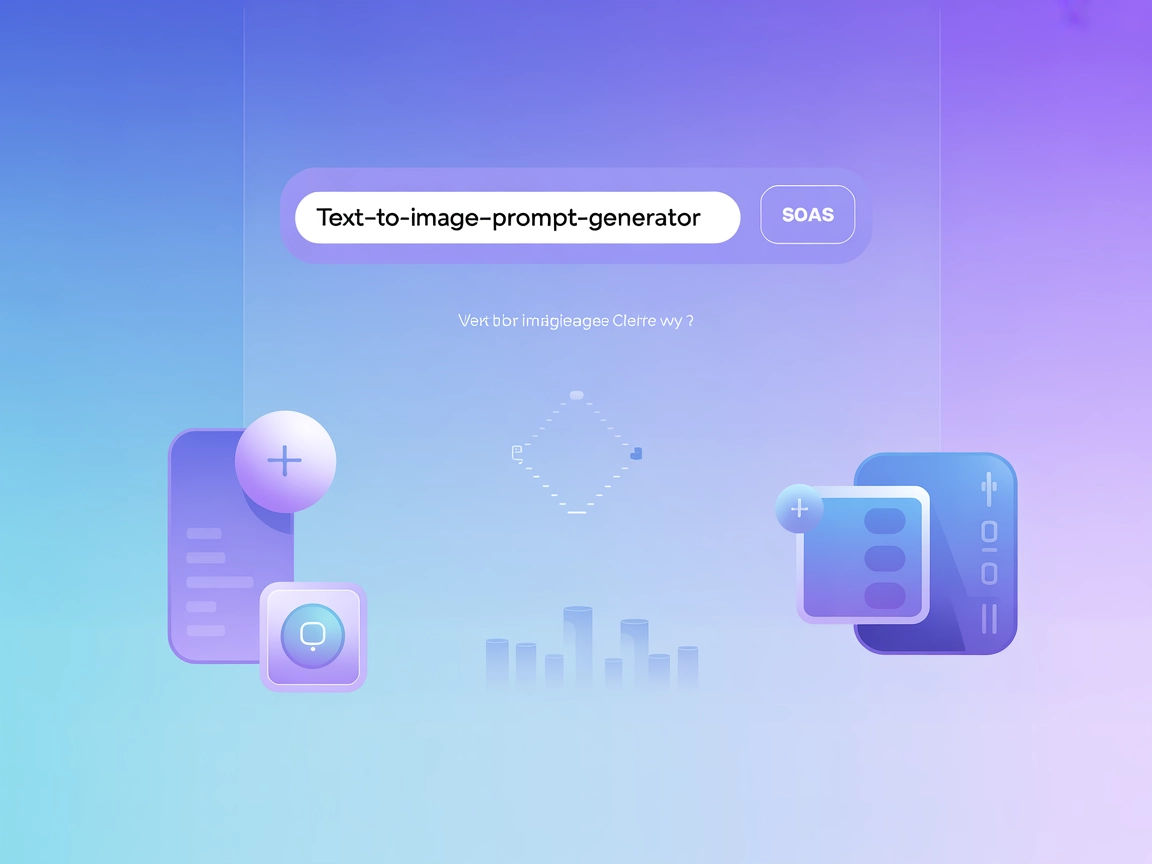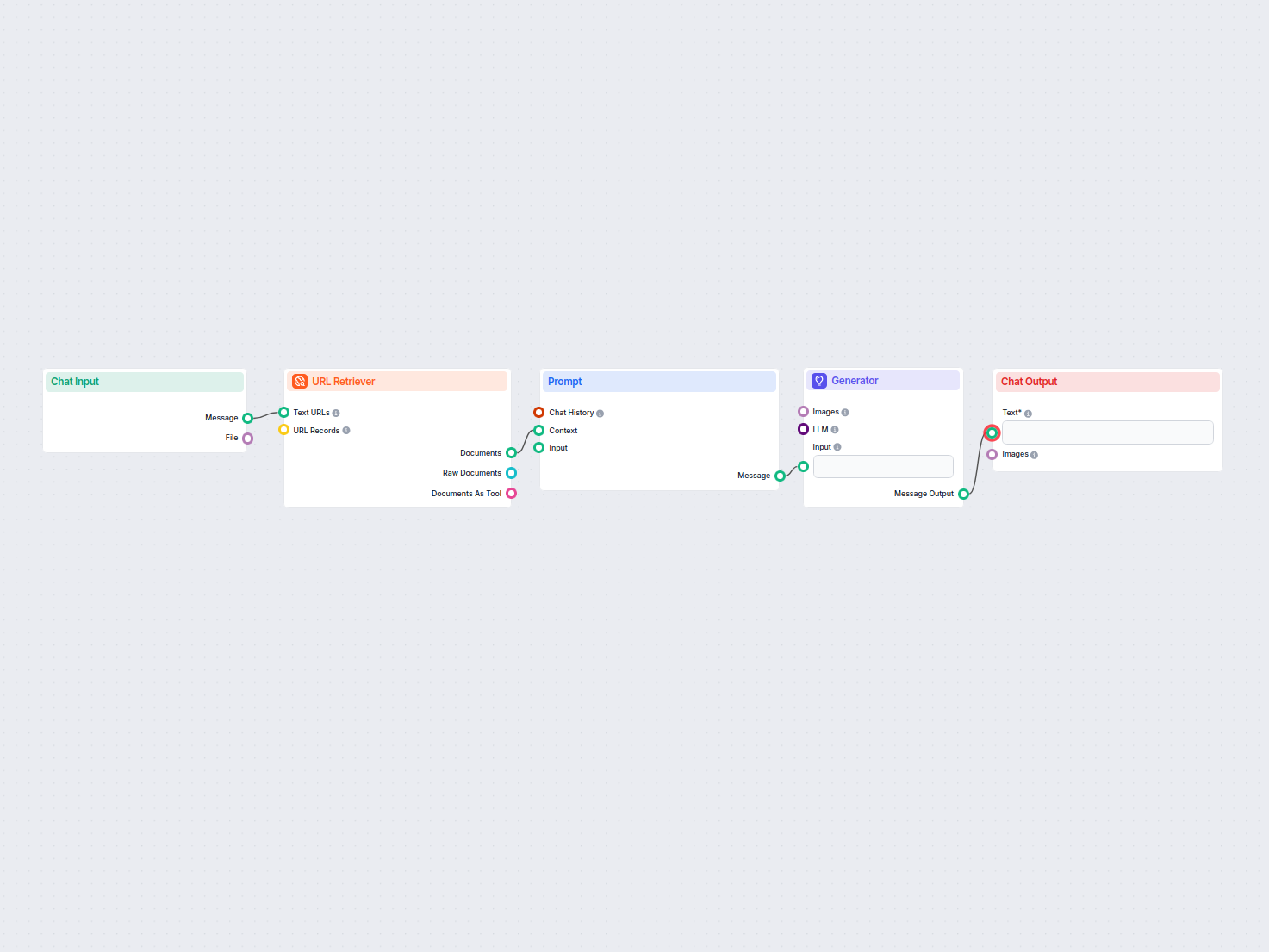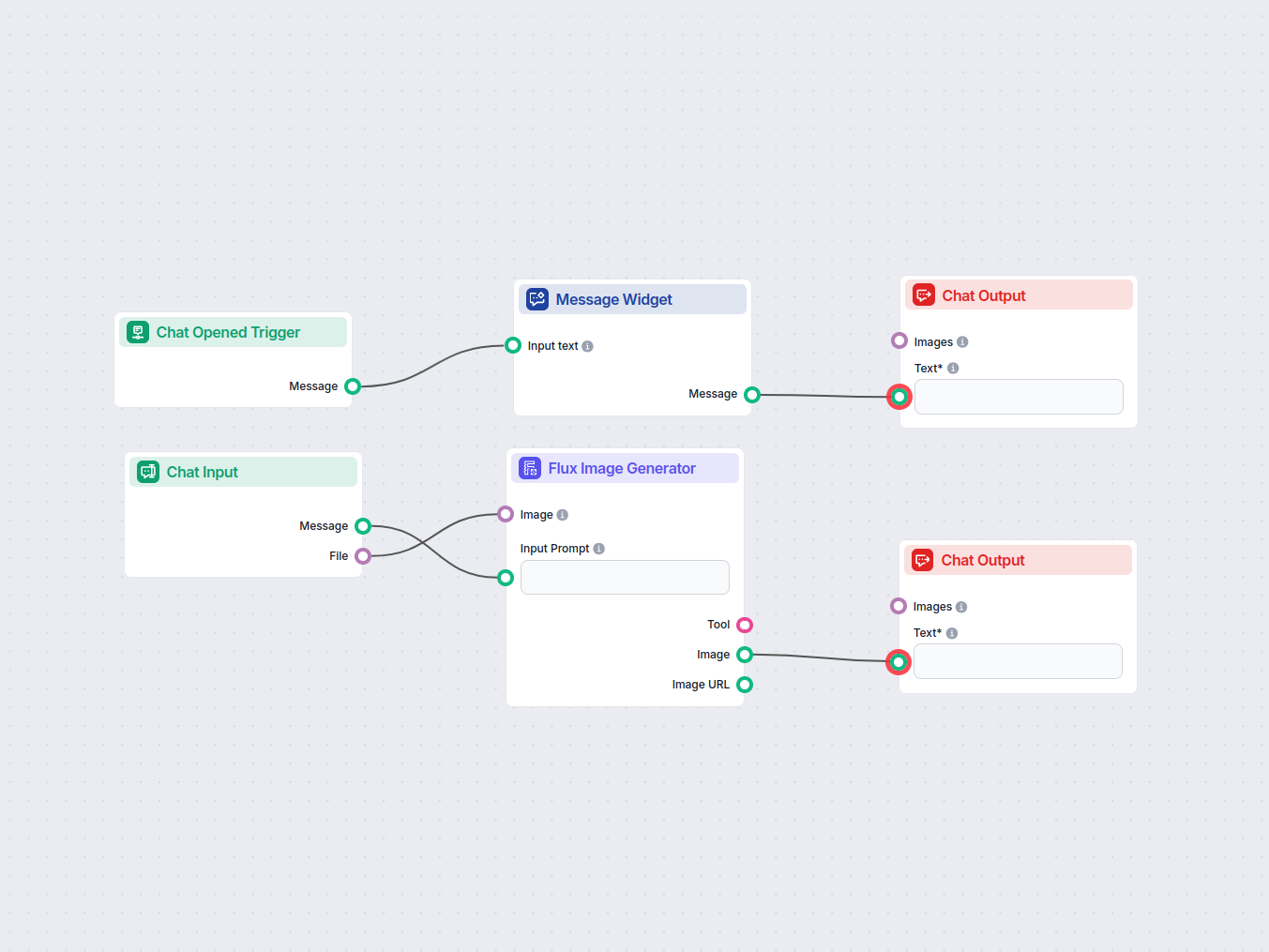Prompt
Create a prompt template that transforms article content into a detailed image-generation prompt for a text-to-image model, using dynamic variables and structur...
Creating a versatile prompt for a text-to-image model like Stable Diffusion involves translating key elements of an article into specific attributes that guide image generation. The prompt should encourage the model to capture the essence, tone, and salient details of the article. Here's a structured way to build such a prompt:
---
"Create an image that captures the essence of the topic '[Main Topic or idea of the Article]'. The scene should reflect the following elements:
1. **Setting/Background**: [Describe any specific location, time period, or environmental context mentioned in the article]
2. **Main Subjects**: [Identify the key figures, objects, or symbols central to the article's narrative]
3. **Action/Event**: [Describe any primary action, interaction, or event detailed in the article]
4. **Mood/Tone**: [Convey the overall emotional tone or atmosphere—serious, whimsical, dramatic, etc.—that the article portrays]
5. **Style and Details**: Include elements such as [specify any stylistic attributes, colors, or artistic interpretations that align with the article's theme or purpose]
6. **Contextual Elements**: Incorporate any additional relevant details such as [cultural, historical, or technical aspects mentioned in the article]
The objective is to visually communicate the core message and narrative of the article in a way that is both vivid and insightful, capturing the viewer's attention and imagination."
---
**Example Usage:**
Imagine the article is about climate change impacts on Arctic wildlife. Based on that, your prompt could be:
"Create an image that captures the essence of the article 'Climate Change and Arctic Wildlife'. The scene should reflect the following elements:
1. **Setting/Background**: The harsh yet beautiful landscape of the Arctic tundra during a spring thaw.
2. **Main Subjects**: Emphasize polar bears and migratory birds, which are directly affected by climate changes.
3. **Action/Event**: Show polar bears traversing melting ice floes, with distress and adaptation efforts.
4. **Mood/Tone**: A somber yet hopeful tone, emphasizing the struggle and resilience of wildlife.
5. **Style and Details**: Use muted colors with icy blues and whites, focusing on realistic yet expressive art.
6. **Contextual Elements**: Include signs of thawing ice and subtle hints of human influence like distant ships or research stations."
By following this approach, systematically convert article content into rich, informative prompts for image generation models.
---
CONTENT OF ARTICLE:
{context}
---





